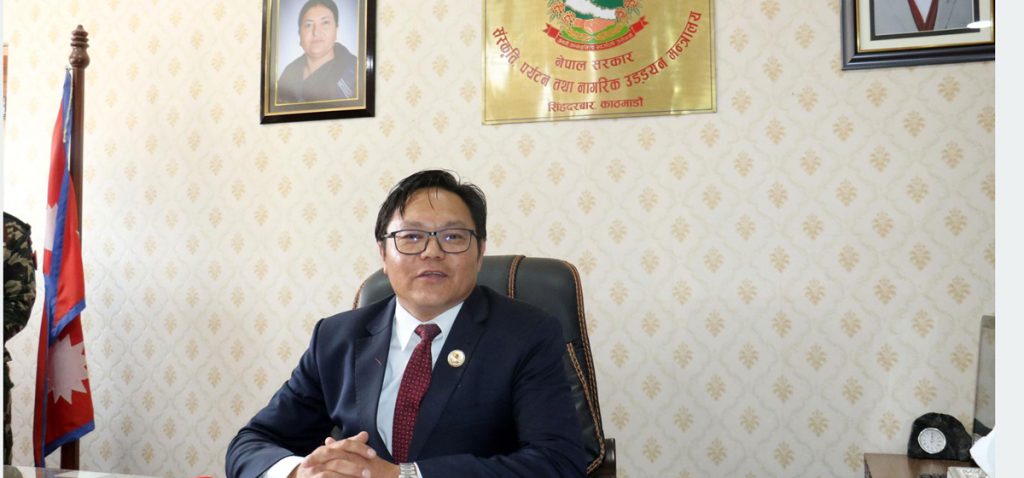KATHMANDU: Sudhan Kirati, the Minister of Culture, Tourism, and Civil Aviation, has taken a pioneering step by announcing plans to delve into the operation of four international airports, including Dhangadhi, through the innovative Public-Private Partnership (PPP) model.
This revelation surfaced during a recent session of the International Relations and Foreign Affairs Committee of the Legislature-Parliament held on Tuesday.
In response to inquiries, Minister Kirati provided valuable insights into the commencement of a specialized study committee dedicated to this strategic venture.
Acknowledging concerns about the existing lack of coordination among diverse entities overseeing Pokhara Airport, Minister Kirati expressed, “Our vision is to consolidate the operations of these four airports and, within a specified timeframe, construct a new, state-of-the-art airport. While the security management will continue to be overseen by the Nepalese government, we are committed to addressing any apprehensions related to the PPP model through the formation of a study committee.”
Emphasizing the global precedence of major international airports thriving under the PPP model, Minister Kirati underscored, “Historical security concerns in Nepal are being addressed. The primary threat is more directed towards Delhi than Nepal. Delhi’s operational model serves as an exemplary reference. Similarly, Singapore operates under a comparable framework.”
Stressing the need for a decisive approach, whether from the minister or the ministry, he emphasized the imperative to secure national consensus on this pivotal matter.
This groundbreaking initiative led by Minister Sudhan Kirati signifies a proactive stride in fostering strategic partnerships to elevate the efficiency and management of international airports in Nepal.
The establishment of the study committee denotes a meticulous examination of the PPP model’s feasibility and potential benefits for the aviation sector in the country.
Minister Kirati’s forward-thinking strategy aims to confront existing challenges head-on, positioning Nepal’s airports on a trajectory of modernization and alignment with global standards.
In the age of digital advancements, these developments hold promise for the aviation industry’s growth and contribute to Nepal’s standing in the international travel landscape.

